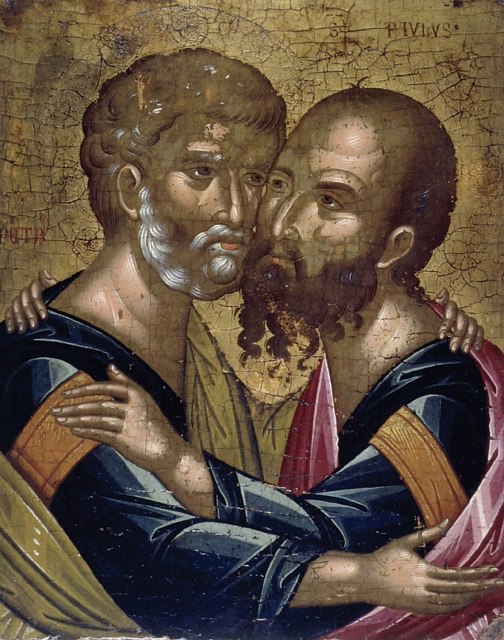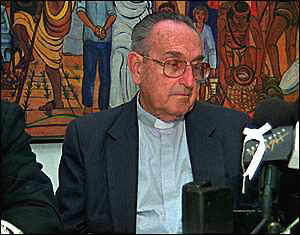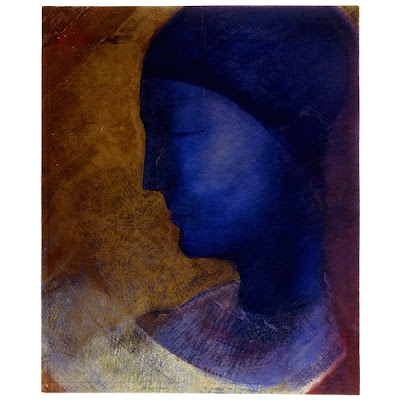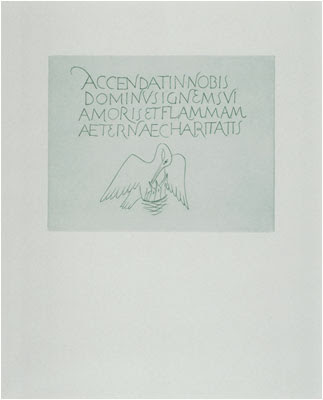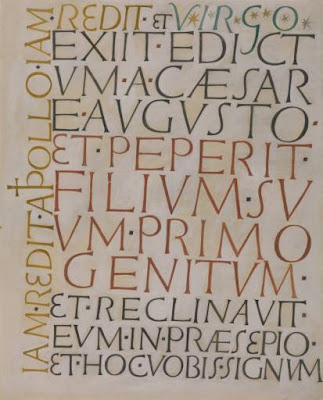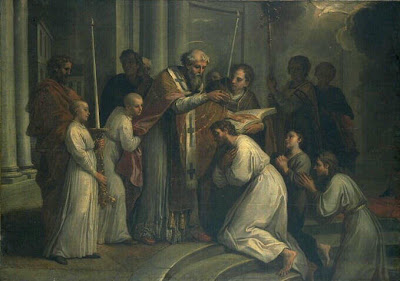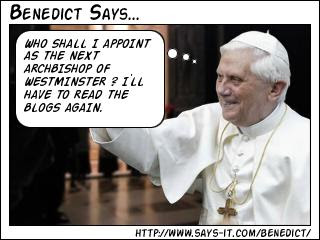 MOREAU, GUSTAVE (1826-1898)
MOREAU, GUSTAVE (1826-1898)Salomé Dancing before Herod
1876
Oil on canvas
56 5/8 x 40 5/8 inches (144 x 103.5 cm)
Armand Hammer Museum of Art and Cultural Centre, Los Angeles,
A small but select group of writers expressed their great admiration for Moreau, among them the French novelist J.-K. Huysmans, Oscar Wilde, Marcel Proust and André Breton.
Wilde was inspired to write his play Salome in part as a result of viewing of Moreau's painting (1874-76) of the princess who, in exchange for agreeing to dance before her stepfather, King Herod, demands the head of John the Baptist.
Marcel Proust devoted a 10-page meditative essay to Moreau. He makes reference to a number of the paintings, most prominently to Bathsheba (c. 1886 and 1890), based on the biblical story.
André Breton was another Moreau admirer. In his biography of the inventor of Surrealism, Mark Polizzotti writes:
“But the artistic discovery that had by far the greatest impact [on Breton] was the Gustave Moreau museum.... The fact that the museum was seldom frequented made it all the more mysterious and attractive in Breton's eyes, ‘the ideal image of what a temple should be,' and he dreamed of being locked in it for the night, free to roam the halls at will. "
In Communicating Vessels (1932), years later, Breton was to write about encountering a woman who reminded him of “those eyes that have never ceased to fascinate me for the last fifteen years, the Delilah of the little watercolour by Gustave Moreau which I have gone to see so often in the Luxembourg museum.”



